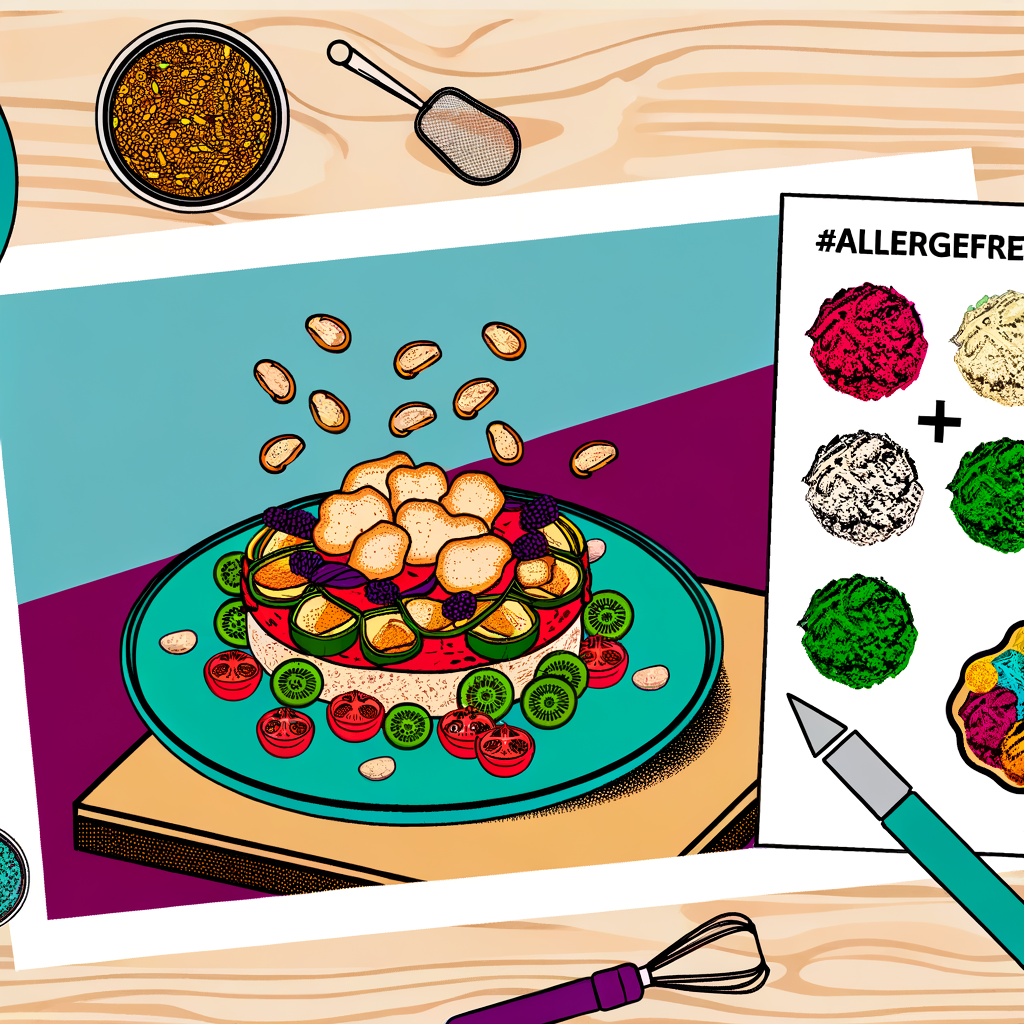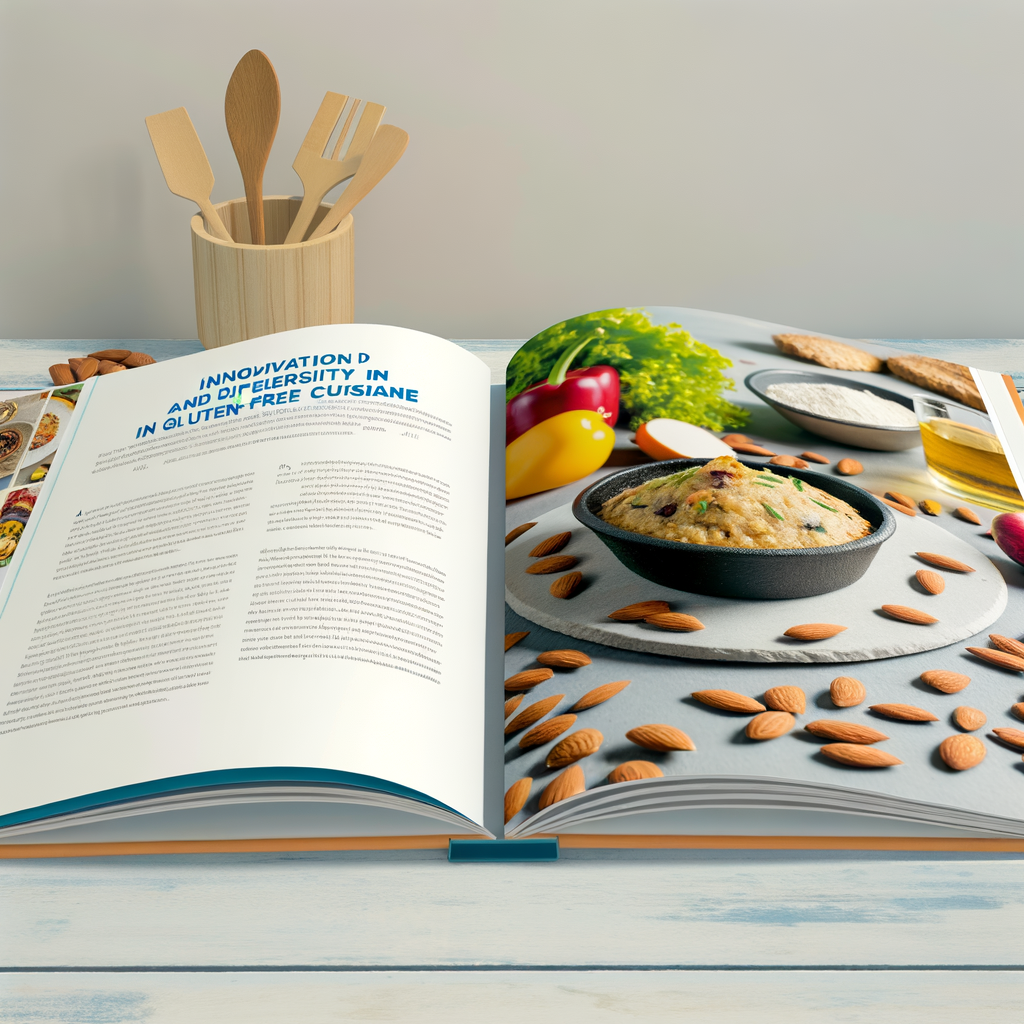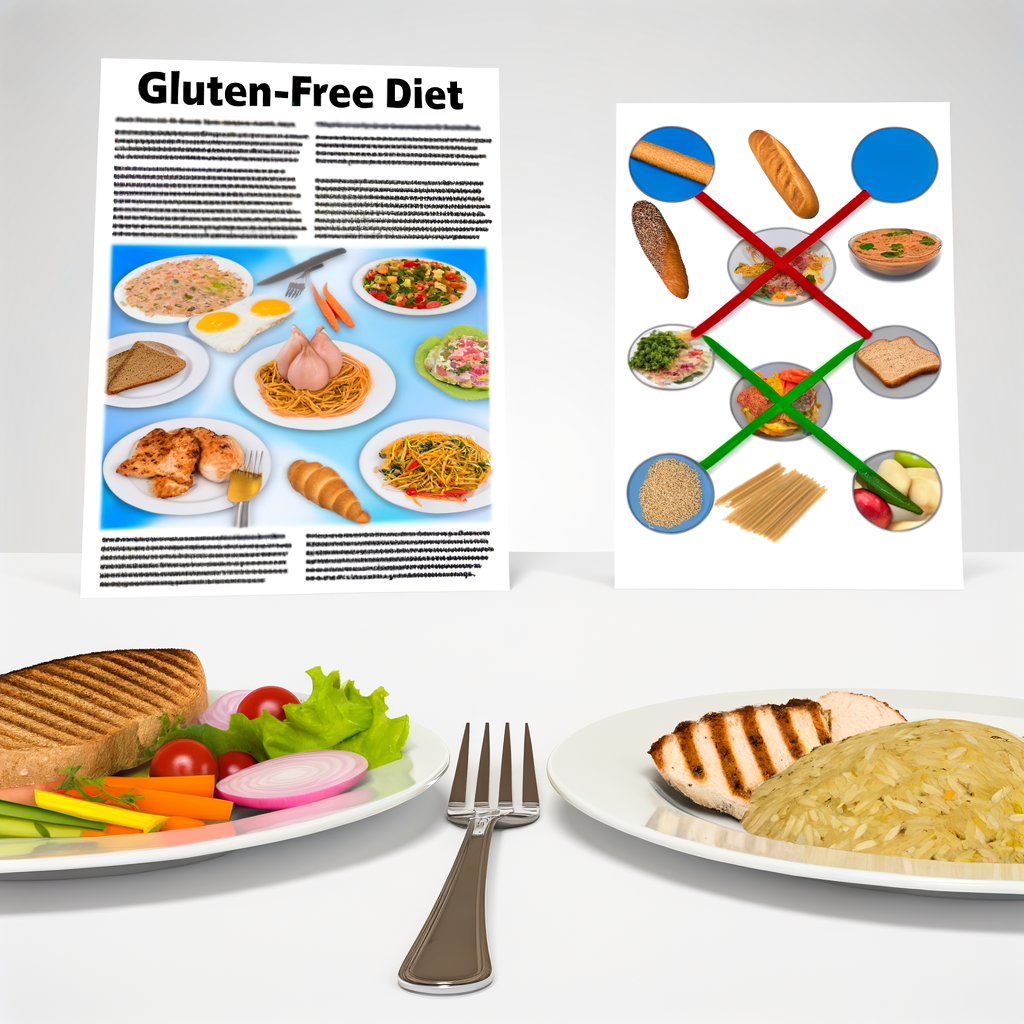As a chef, it is important to cater to the dietary needs of all our customers. This includes those with food allergies. In recent years, food allergies have become increasingly common, especially in Europe. It is crucial for chefs to understand and accommodate for these allergies in their recipes.
One of the most common food allergies in Europe is gluten intolerance. This means that dishes containing wheat, barley, or rye are off-limits for these individuals. However, there are many alternatives that can be used in place of these ingredients, such as gluten-free flour or quinoa flour. These can be used to make delicious and allergen-free dishes, such as gluten-free pizza or quinoa salad.
Another common allergy is lactose intolerance. This means that dairy products, such as milk and cheese, are not suitable for those with this allergy. Thankfully, there are many dairy-free alternatives that can be used in cooking, such as almond milk or coconut cream. These can be used to make creamy sauces or desserts without triggering any allergies.
In addition to gluten and lactose, it is important to consider other allergens such as nuts, shellfish, and soy. These can easily be avoided by substituting ingredients or leaving them out altogether. For example, a nut-free pesto can be made by using sunflower seeds instead of pine nuts, and a soy-free stir-fry can be made by using tamari instead of soy sauce.
As chefs, it is our responsibility to ensure that everyone can enjoy our food without any worries or restrictions. By understanding food allergies and incorporating allergen-free recipes into our menu, we can provide a delicious dining experience for all of our customers.





